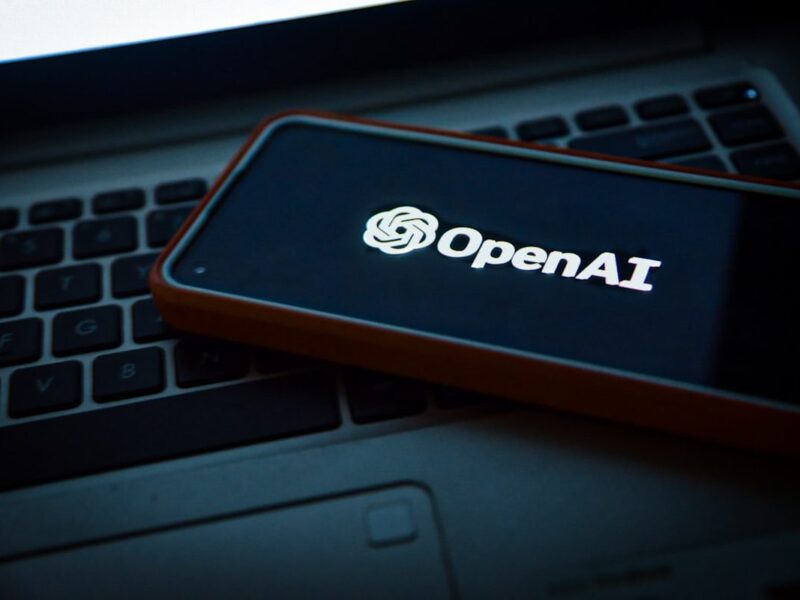OpenAI is integrating Google’s custom TPU chips for specific workloads to manage operational costs, following the recent launch of its new image generation platform earlier in 2025.
This strategic shift for OpenAI involves moving portions of its computing tasks to Google’s Tensor Processing Units (TPUs). This decision, reported by The Information, which cited an anonymous source, reflects a response to the increasing infrastructure demands placed on OpenAI, particularly since the introduction of its image generation platform. Previously, OpenAI relied extensively on Nvidia’s Graphics Processing Units (GPUs), primarily through established collaborations with Microsoft and Oracle. Oracle, in particular, accumulated a substantial inventory of Nvidia GPUs, positioning itself as a critical provider within OpenAI’s machine learning infrastructure.
The escalating cost of Nvidia hardware and persistent supply constraints have prompted companies with significant GPU requirements to investigate alternative solutions. Google has actively promoted its TPU chips to third-party cloud infrastructure providers. This initiative aims to establish a competitive market that could challenge Nvidia’s current market leadership, particularly in high-performance AI training and inference applications. Should Google succeed in attracting more providers to its TPU ecosystem, it could gradually acquire a portion of Nvidia’s market share. This development is notable given Nvidia’s established position as the industry standard for training large language models and other generative AI systems.
Inside OpenAI’s scramble to keep top minds
Google possesses a unique capability, developing both AI models and the hardware necessary to operate them. The company utilizes TPUs for training its proprietary Gemini AI system, which is subsequently integrated across various Google services, including Gmail and Search. This dual capacity enables Google to offer an end-to-end AI stack. An increased reliance by OpenAI on Google’s chips would represent a notable disruption to Nvidia’s market dominance. This shift also indicates a move toward a more diversified hardware environment within the AI sector, suggesting that no single chip manufacturer can maintain an unchallenged position.
OpenAI’s apparent change in hardware strategy occurs just months after its partnership with Oracle for the Stargate program. This alliance had been viewed as a strategic move potentially signaling a departure from its long-standing relationship with Microsoft. By considering Google’s silicon, OpenAI demonstrates a willingness to prioritize competitive advantage and cost management over historical alliances. This move could influence other AI companies seeking alternatives to Nvidia’s solutions. If Google’s TPUs demonstrate viability at scale, Nvidia’s established leadership in the AI sector may encounter significant competition, driven by economic considerations and supply chain realities.

